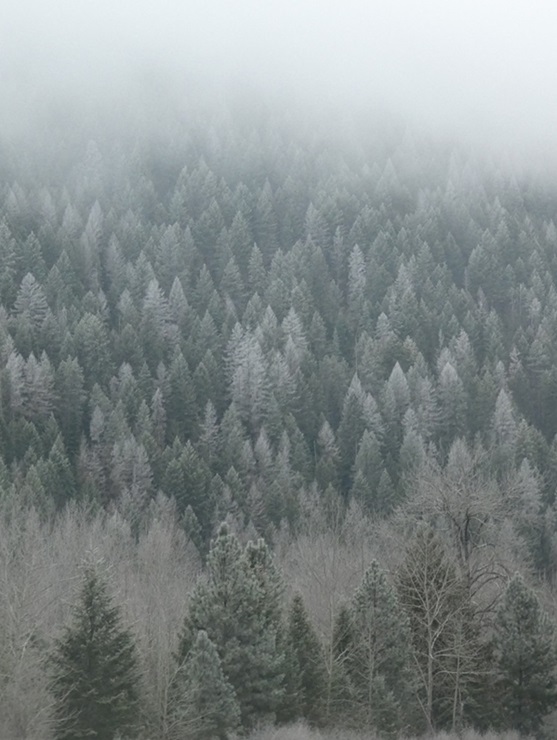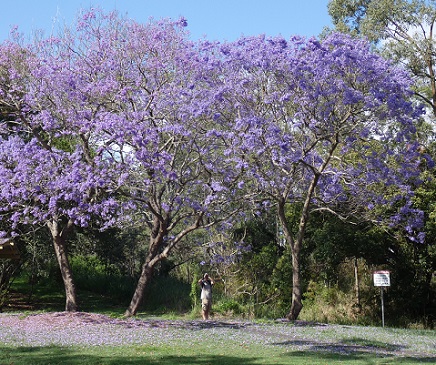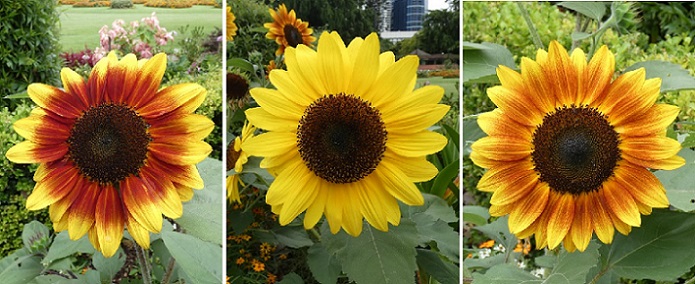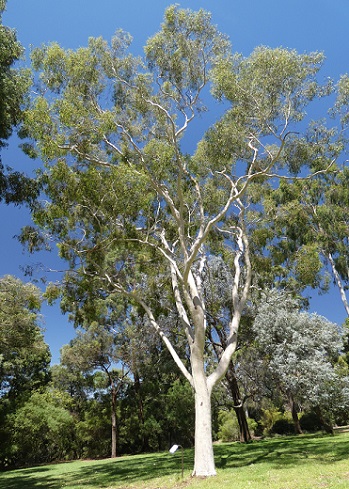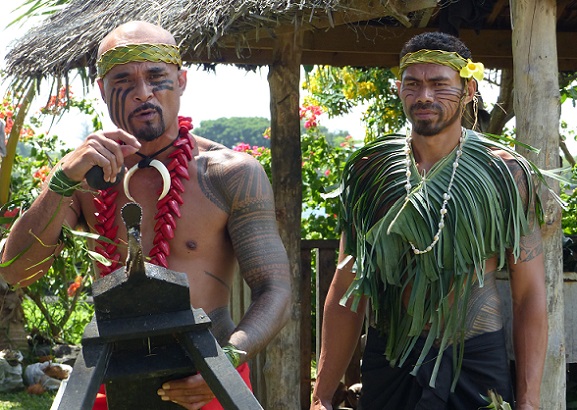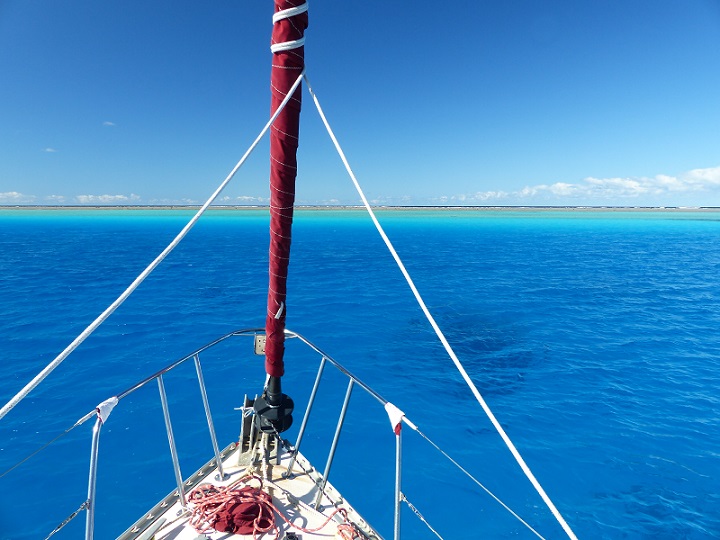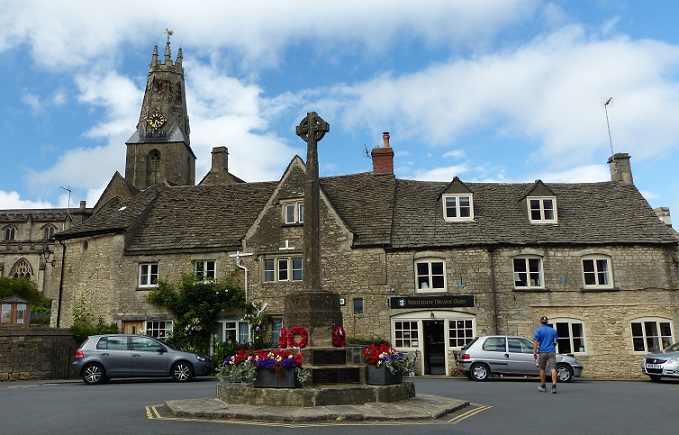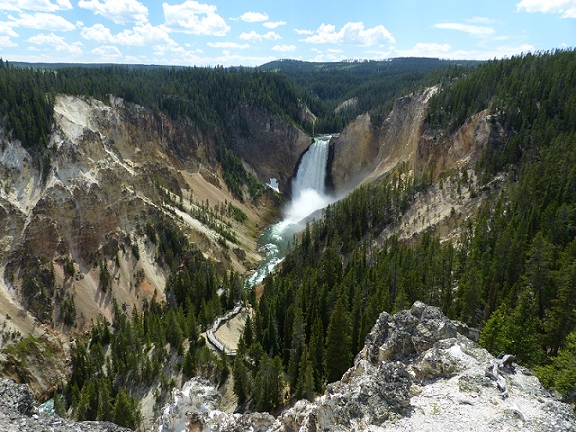
Tregoning
12 April 2024 | We are back aboard Tregoning in Mersin Marina, Mersin, Türkiye
02 April 2024 | We are in Toronto Airport, Canada: Tregoning is in Mersin Marina, Mersin, Türkiye
25 February 2024 | We are back in Gainesville, FL: Tregoning is in Mersin Marina, Mersin, Türkiye
18 February 2024 | We are in Glenwood, New Mexico: Tregoning is in Mersin Marina, Mersin, Türkiye
12 February 2024 | We are in Morro Bay, California: Tregoning is in Mersin Marina, Mersin, Türkiye
19 January 2024 | We are in Vancouver, BC Canada: Tregoning is in Mersin Marina, Mersin, Türkiye
01 January 2024 | We are in Washington State: Tregoning is in Mersin Marina, Mersin, Türkiye
15 December 2023 | We are in Minnesota: Tregoning is in Mersin Marina, Mersin, Türkiye
18 November 2023 | We are in Florida: Tregoning is in Mersin Marina, Mersin, Türkiye
29 October 2023 | We're in Florida - Tregoning is at B-dock, Mersin Marina, Mersin, Türkiye
21 October 2023 | 7 Oda Kapadokya Cave Hotel, Ürgüp, Türkiye
14 October 2023 | Hotel Aşikoğlu, Boğazkale, Türkiye
07 October 2023 | B-dock, Mersin Marina, Mersin, Türkiye
19 September 2023 | “Chez Jon & Angela”, Near Otterton, Devon, UK
14 September 2023 | Airbnb in Fortuneswell on the Isle of Portland, Dorset, UK
11 September 2023 | With Mike, Grange-over-Sands, Cumbria, UK
03 September 2023 | Ardington House, Ardington, Oxfordshire, UK
24 August 2023 | Near "Chez Joan and Peter", College of Roseisle, Moray, Scotland
11 August 2023 | Andrew's house (not exactly), Lichfield, UK
22 July 2023 | Chez Gail, near the New York Café, Budapest, Hungary
Through the Gates of Haast
21 November 2015 | Haast Beach Holiday Park, Haast Beach, South Island, New Zealand
Photo: Andrew on the boardwalk at the Hapuka Estuary Walk with the vegetation progressing from the marsh to the ancient sand dunes beyond him, near Haast, South Island, New Zealand
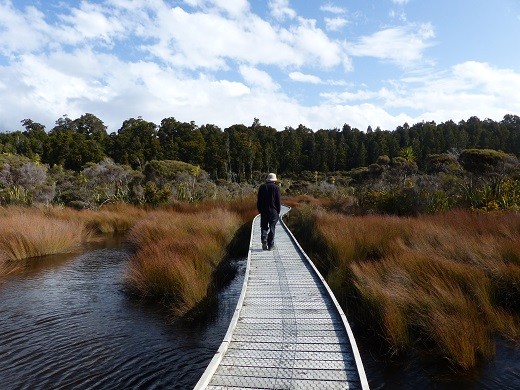
Fiordland National Park (NP) is part of the Te Wahipounamu Southwest New Zealand World Heritage Area along with Mount Aspiring NP, Westland Tai Poutini NP, and the Aoraki /Mount Cook NP. This huge area (26,000 sq km or 10,000 sq miles) is recognized internationally for its significance to the Ngai Tahu (New Zealand Maori iwi or tribe of the southern region) as well as the area's unique geology, flora, and fauna. Having left Fiordland NP the day before, on Friday morning (November 20th) we were heading towards Mount Aspiring NP.
Driving northwest from Cromwell we made a short detour into Wanaka at the south end of Lake Wanaka. About half the size of Queenstown, Wanaka is just as beautiful but is a little more laid-back and cheaper. A short stroll, picnic-lunch, and ice-cream later, we continued north along the western shoreline of Lake Hawea and then the eastern shoreline of Lake Wanaka until heading up the Makaroa River. This was where the highway entered Mount Aspiring National Park and we made several stops to admire the Blue Pools (unfortunately the water was a muddy-grey that day), Fantail Falls, the Gates of Haast, and the 28 m-high (92 feet) Thunder Creek Falls.
The latter two sites were on the Haast River after we had crossed the east-west divide of the Southern Alps at Haast Pass (563 m or 1,847 feet). Although distinctly closer to the West Coast, the Southern Alps form the backbone of the South Island. They have been pushed upward over the Alpine Fault, which is where the Indo-Australian plate plunges beneath the Pacific plate.
I assumed that a name like the Gates of Haast had to come from some creation of Tolkien but the river and associated landmarks were named after a German geologist who, in 1863, was one of the first Europeans to follow the Maori trail from Otago to the West Coast. The existing Haast Pass road was not opened until 1966 and was not upgraded from a gravel road until 1995. The river canyon was particularly narrow and steep-sided where the road-bridge crossed the frothing river at The Gates of Haast. Oddly, there were no interpretive signs to explain exactly what "The Gates" referred to, so we were none the wiser after our visit.
After leaving the National Park, the road took a left turn and we found ourselves driving down the side of a wide, flat-bottomed valley with the river meandering through extensive pebble beds. We turned-off the main road at Haast and spent the night at the Haast Beach Holiday Park in the hamlet of Okuru. From there, Andrew, Judith, and I enjoyed walking around the winding boardwalks of the Hapuka Estuary Walk. Not much of the native estuary habitat remains in New Zealand because the coastal flatlands provided such fertile sites for farming. This preserve showed a good progression of native vegetation from the water to the uplands: rushes in the tidal mudflats; flax in the wet soils; shrubs of the myrtle species manuka (tea-tree), lancewood, and small to large trees of cabbage tree, the legume kowhai, podocarps matai (black pine), and kahikatea (white pine) in the fertile floodplain; and with the podocarp rimu on the ancient, infertile sand-dunes.
Signs in the preserve described the highly regulated whitebait fishery and we gathered from the campground manager that the season had just closed. Whitebait are the tiny, often-transparent, juvenile stages of various species of New Zealand's freshwater fish. They are caught in nets as large schools of them migrate into freshwater habitats after spending their six-month larval stage at sea. Eaten whole, often in fritters or burgers, they are considered a delicacy and command prices of NZ$70 to NZ$130 per kilogram. None of us quite had the enthusiasm to track any down and try them but we saw signs offering them for sale all over the West Coast.
The following morning, while we were waiting for the petrol station to open in Haast Beach, we wandered along a beach-access pathway to watch the waves rolling onto the sand. The Tasman Sea actually looked relatively calm and there were even patches of blue sky to the south. Inland, tatters of low clouds were clinging to the mountains of Mount Aspiring NP and it would have all been quite pleasant if were not for the presence of the dreaded sandflies or, in Maori, namunamu.
These small black flies had been a presence throughout our stay in the South Island but they were sufficiently numerous on the beach to dissuade us from lingering very long. Like mosquitoes, only the females bite in their effort to get blood protein to produce their eggs, and the anti-coagulants in their saliva cause the blood to flow and subsequent itching. Unlike mosquitoes, sandflies do not typically bite at night because they cannot see in the dark. Supposedly, they tend not to bite moving targets or when indoors but there were many evenings when we swatted a large number of them in the campervan before we went to bed.
Sandflies were recorded as a nuisance by Captain James Cook during his exploration of Fiordland in 1776 so they were already here before the introduction of quadruped mammals. Their native targets would have been penguins and other birds, seals, and bats but the proliferation of humans and livestock must have been a real boon for sandfly populations. People have quite differing degrees of attraction and skin-reaction to sandflies, and while Andrew, Randall, and I were lucky enough to remain relatively unaffected by them, poor Judith had to cover as much of her skin as she could. Although no one has ever been recorded as dying from sandfly bites, they do add a little natural tarnish to New Zealand's glorious outdoors.
Driving northwest from Cromwell we made a short detour into Wanaka at the south end of Lake Wanaka. About half the size of Queenstown, Wanaka is just as beautiful but is a little more laid-back and cheaper. A short stroll, picnic-lunch, and ice-cream later, we continued north along the western shoreline of Lake Hawea and then the eastern shoreline of Lake Wanaka until heading up the Makaroa River. This was where the highway entered Mount Aspiring National Park and we made several stops to admire the Blue Pools (unfortunately the water was a muddy-grey that day), Fantail Falls, the Gates of Haast, and the 28 m-high (92 feet) Thunder Creek Falls.
The latter two sites were on the Haast River after we had crossed the east-west divide of the Southern Alps at Haast Pass (563 m or 1,847 feet). Although distinctly closer to the West Coast, the Southern Alps form the backbone of the South Island. They have been pushed upward over the Alpine Fault, which is where the Indo-Australian plate plunges beneath the Pacific plate.
I assumed that a name like the Gates of Haast had to come from some creation of Tolkien but the river and associated landmarks were named after a German geologist who, in 1863, was one of the first Europeans to follow the Maori trail from Otago to the West Coast. The existing Haast Pass road was not opened until 1966 and was not upgraded from a gravel road until 1995. The river canyon was particularly narrow and steep-sided where the road-bridge crossed the frothing river at The Gates of Haast. Oddly, there were no interpretive signs to explain exactly what "The Gates" referred to, so we were none the wiser after our visit.
After leaving the National Park, the road took a left turn and we found ourselves driving down the side of a wide, flat-bottomed valley with the river meandering through extensive pebble beds. We turned-off the main road at Haast and spent the night at the Haast Beach Holiday Park in the hamlet of Okuru. From there, Andrew, Judith, and I enjoyed walking around the winding boardwalks of the Hapuka Estuary Walk. Not much of the native estuary habitat remains in New Zealand because the coastal flatlands provided such fertile sites for farming. This preserve showed a good progression of native vegetation from the water to the uplands: rushes in the tidal mudflats; flax in the wet soils; shrubs of the myrtle species manuka (tea-tree), lancewood, and small to large trees of cabbage tree, the legume kowhai, podocarps matai (black pine), and kahikatea (white pine) in the fertile floodplain; and with the podocarp rimu on the ancient, infertile sand-dunes.
Signs in the preserve described the highly regulated whitebait fishery and we gathered from the campground manager that the season had just closed. Whitebait are the tiny, often-transparent, juvenile stages of various species of New Zealand's freshwater fish. They are caught in nets as large schools of them migrate into freshwater habitats after spending their six-month larval stage at sea. Eaten whole, often in fritters or burgers, they are considered a delicacy and command prices of NZ$70 to NZ$130 per kilogram. None of us quite had the enthusiasm to track any down and try them but we saw signs offering them for sale all over the West Coast.
The following morning, while we were waiting for the petrol station to open in Haast Beach, we wandered along a beach-access pathway to watch the waves rolling onto the sand. The Tasman Sea actually looked relatively calm and there were even patches of blue sky to the south. Inland, tatters of low clouds were clinging to the mountains of Mount Aspiring NP and it would have all been quite pleasant if were not for the presence of the dreaded sandflies or, in Maori, namunamu.
These small black flies had been a presence throughout our stay in the South Island but they were sufficiently numerous on the beach to dissuade us from lingering very long. Like mosquitoes, only the females bite in their effort to get blood protein to produce their eggs, and the anti-coagulants in their saliva cause the blood to flow and subsequent itching. Unlike mosquitoes, sandflies do not typically bite at night because they cannot see in the dark. Supposedly, they tend not to bite moving targets or when indoors but there were many evenings when we swatted a large number of them in the campervan before we went to bed.
Sandflies were recorded as a nuisance by Captain James Cook during his exploration of Fiordland in 1776 so they were already here before the introduction of quadruped mammals. Their native targets would have been penguins and other birds, seals, and bats but the proliferation of humans and livestock must have been a real boon for sandfly populations. People have quite differing degrees of attraction and skin-reaction to sandflies, and while Andrew, Randall, and I were lucky enough to remain relatively unaffected by them, poor Judith had to cover as much of her skin as she could. Although no one has ever been recorded as dying from sandfly bites, they do add a little natural tarnish to New Zealand's glorious outdoors.
Comments
| Vessel Name: | Tregoning |
| Vessel Make/Model: | Morgan Classic 41 |
| Hailing Port: | Gainesville, FL |
| Crew: | Alison and Randall |
| About: | We cast-off from Fernandina Beach in north Florida on 1st June 2008 and we have been cruising on Tregoning ever since. Before buying Tregoning, both of us had been sailing on smaller boats for many years and had worked around boats and water throughout our careers. |
| Extra: | “Tregoning” (rhymes with “belonging”) and is a Cornish word (meaning “homestead of Cohnan” or “farm by the ash trees”) and was Alison's mother’s middle name. Cornwall is in southwest England and is where Alison grew-up. |
Tregoning's Photos - Main
 |
Extra photographs from our three-week campervan tour of the South Island from November 15th to December 5th 2015
217 Photos
Created 4 January 2016
|
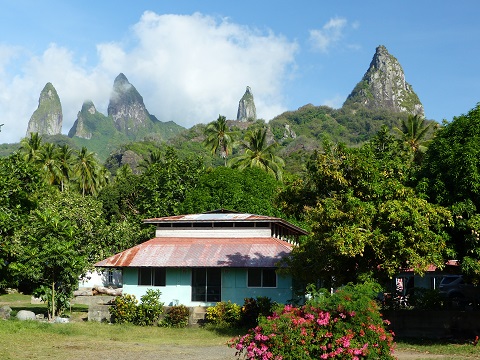 |
Random pictures from our month spent on the islands of Hiva Oa, Tahuata, Ua Pou, and Nuku Hiva
45 Photos
Created 18 July 2015
|
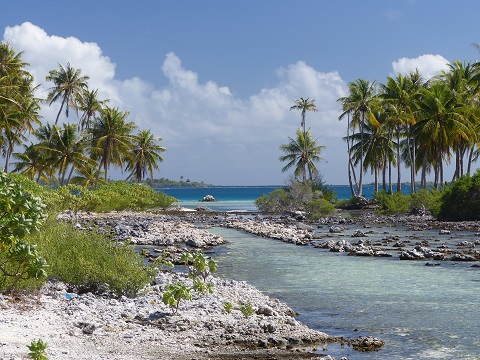 |
Random pictures from our month spent in 4 Tuamotu Atolls; Ahe, Fakarava, Tahanea, and Toau
32 Photos
Created 1 July 2015
|
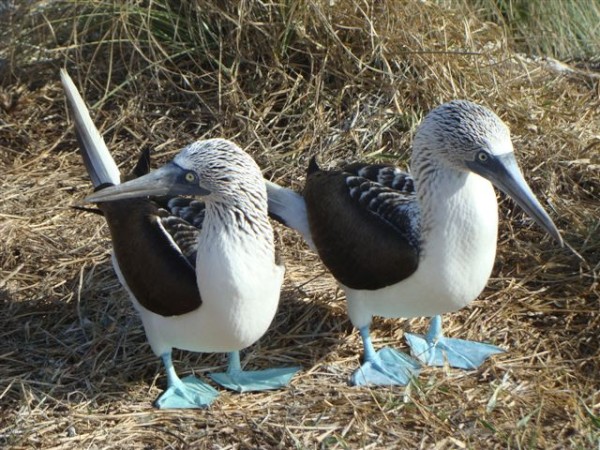 |
Some of the birds, fish, reptiles, and mammals (and others) that we have seen in Mexico
74 Photos
Created 5 May 2014
|
Tregoning

Who: Alison and Randall
Port: Gainesville, FL
